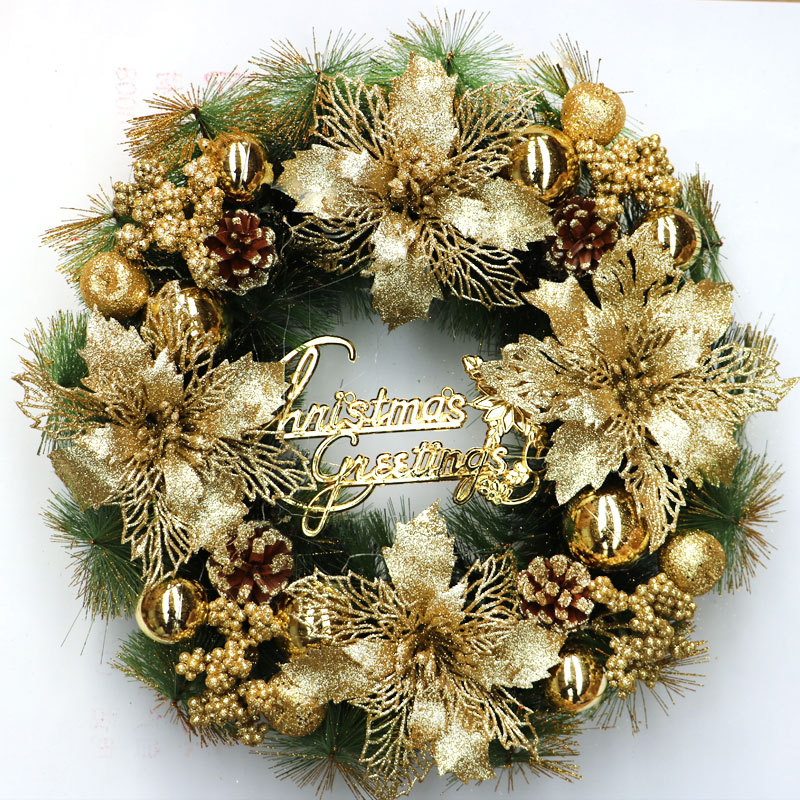Did you know that the colors used in Christmas garland carry symbolic meanings? In this article, we delve into the symbolism of the colors commonly found in holiday garlands:
- Green: The most traditional color for Christmas garlands, green represents life, renewal, and the evergreen quality of Christ’s love.
- Red: Red is often used to complement green in garlands and symbolizes the blood of Jesus Christ, shed for the forgiveness of sins.
- Gold: Gold accents in garlands signify the majesty and glory of Christ, reminding us of the wise men’s gifts of gold, frankincense, and myrrh.
- Silver: Silver elements represent the star that guided the Wise Men to the birthplace of Jesus, symbolizing guidance and illumination.
- White: White garlands evoke purity and innocence, reminding us of Christ’s sinless nature.
- Blue: Blue can be incorporated into garlands to symbolize the sky and heaven, emphasizing the divine nature of Christ’s birth.
- Purple: Purple elements in garlands signify penance, preparation, and waiting in anticipation for the arrival of the Messiah.
- Multicolored: Multicolored garlands often represent the joyful celebration and diversity of holiday traditions around the world.
Understanding the symbolism behind the colors in your Christmas garland can deepen the spiritual significance of your holiday decor.







